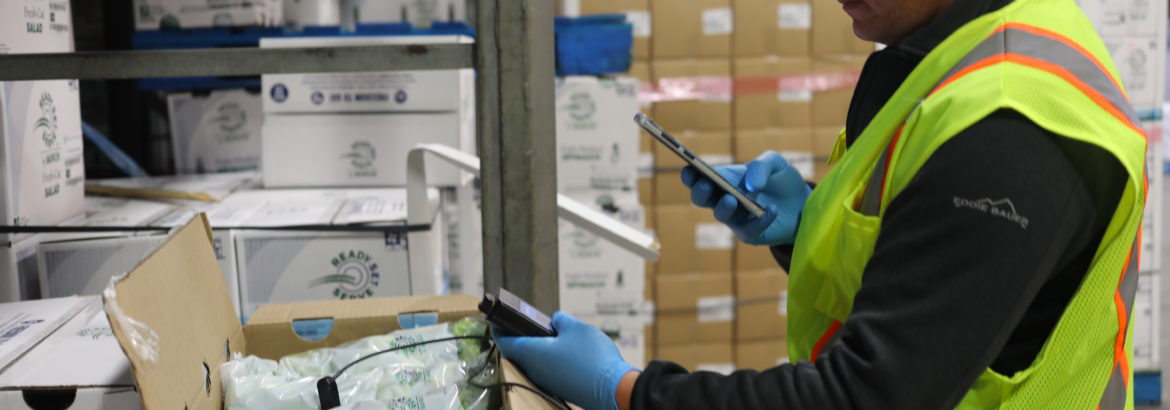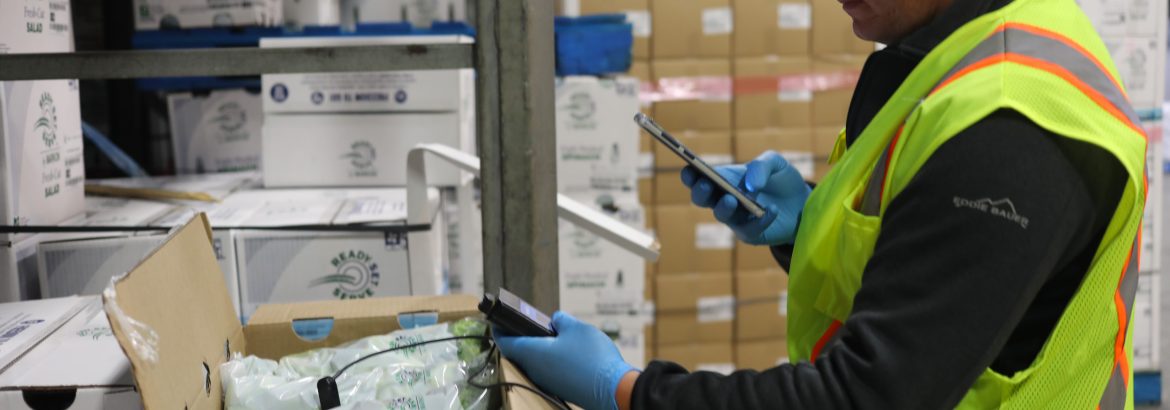Markon prides itself on requiring the most stringent food safety measures of our supplier-partners to provide the utmost confidence in every case we ship to our operator customers. Our Five-Star Food Safety Program covers the critical points from field to plate to ensure that Markon fresh produce arrives as promised.
This is the first in a 12-part weekly series where we break down the detailed steps Markon takes as well as meet some of the people involved in making it happen.
Let’s start with an overview of what the stars cover.
Star 1: Fields: Third-party audit reviews for Good Agricultural Practices (GAP), detailed specifications, daily inspections, water testing
Star 2: Grower/Shipper Facilities: Third-party audit reviews for Good Manufacturing Practices (GMP), and Hazard Analysis Critical Control Points (Ready-Set-Serve)
Star 3: Transportation: Temperature monitors on trucks originating in Arizona, California, Idaho, New Mexico, Oregon, Texas, and Washington
Star 4: Distributor Warehouses: Dedicated quality assurance team reviews, warehouse temperature zones, third-party inspectors
Star 5: Your Kitchen: Traceback to field level, regular mock recalls conducted to verify traceability, “Best If Used By” dates on all Ready-Set-Serve inner and outer packaging, storage and handling information, cooler icons on packaging to easily identify appropriate cooler storage area (back, center, front, outside), and food safety education tools for staff
“Today’s food industry is much more sophisticated than ever. Feeding millions of people requires constant surveillance to ensure that what’s served in restaurants, schools, hotels, and healthcare facilities is safe, healthy, and delicious. Markon has nearly 40 years of experience safeguarding every point of the journey from field to plate,” says Markon President Andy Hamilton. “We hope you’ll enjoy this series where we spell out the extensive measures taken 365-days a year by our team—and pass it along to your operator customers.”
Stay tuned for future articles where we delve into all five stars.




